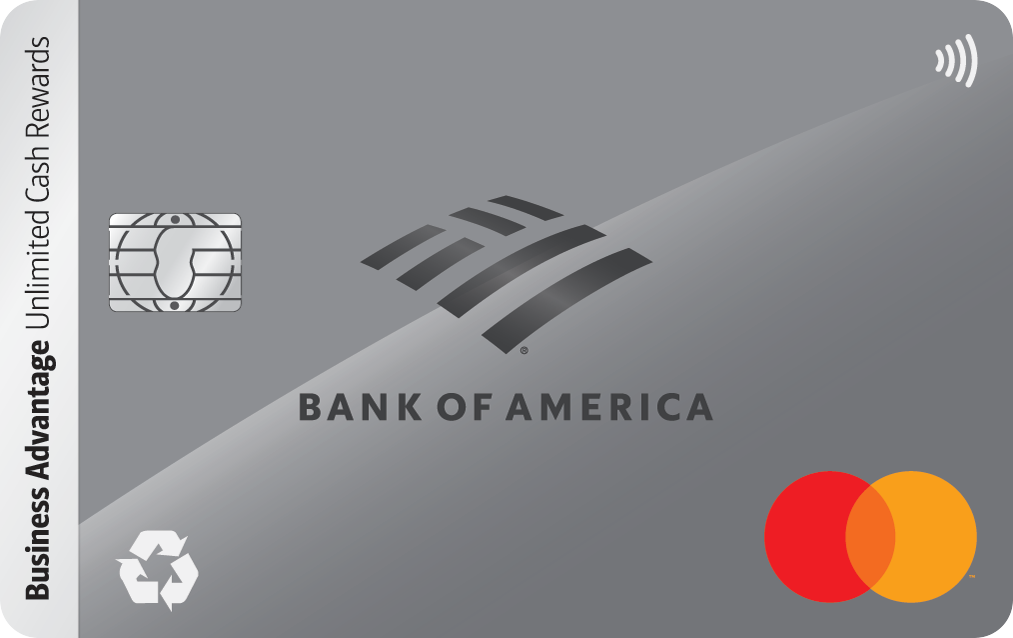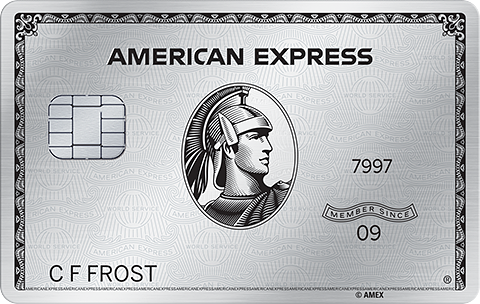When It Makes Sense to Open More Than One Balance Transfer Card

Image source: Getty Images
Nearly half of U.S. households carry credit card debt. If you're one of them, you've probably looked at a balance transfer card and wondered if it's too good to be true or if it could actually help you get out of debt.
It's not too good to be true, and it can help you get out of debt. And sometimes, having more than one balance transfer card is even smarter. The trick is knowing when that move saves you money and when it just complicates things.
When multiple balance transfer cards make sense
A single balance transfer card can stop high-interest debt from snowballing. But when your total balance is too big for one credit limit, or when you're trying to stretch your 0% APR window, opening a second card can help.
Here's when that math works:
- You're carrying large or multiple balances. If one card only covers part of your debt, a second card can move the rest under a 0% intro APR and save you hundreds in interest.
- You want to "ladder" your 0% intro APR offers. For example: one card gives you 18 months interest-free, another 21 months. You pay down one while the second offer keeps the rest of your balance paused a little longer.
- You qualify for strong credit limits and low transfer fees. A 3% fee on a $10,000 transfer costs $300, which is worth it if you're avoiding a 25% APR. Use a balance transfer calculator to do the math beforehand to make sure the savings will be worth it after any applicable fees.
For current 0% intro APR offers, see our best balance transfer cards page to compare options and start saving more today.
When it's not worth opening a second card
More cards aren't always better. Opening too many can backfire in three ways:
- You'll have more to keep track of. Multiple balance transfer cards means multiple upfront fees, card details, and payment dates to keep organized and on top of.
- Your credit score might dip. Each new card adds a hard inquiry and shortens your credit age.
- You might be tempted to spend. New spending on a balance transfer card isn't always covered by the 0% intro APR and interest can start immediately. Plus, adding to your balance takes the focus away from debt payoff and makes it more difficult to become debt-free.
If you're not ready to stop using your cards or can't pay off the transferred balances within the promo period, balance transfer cards might not be your answer.
How to decide if a second card fits your plan
Here's a quick gut check before applying:
| Question | If your answer is "yes"… |
|---|---|
| My balance exceeds my first card's limit | A second card can help |
| I can pay both off within their 0% periods | You're in good shape |
| I'll just transfer and spend again | Hit pause -- it's not time yet |
If most of your answers land in the first two rows, you're probably a strong candidate for multiple balance transfer cards.
The smarter takeaway
Opening more than one balance transfer card only makes sense when it helps you eliminate debt faster and not just shift it around. Think of it like refinancing, not borrowing.
Use the interest-free period to make real progress, track your payoff plan, and close out the promo periods debt-free. That's how you turn two balance transfer cards into one clean slate.
Compare today's best balance transfer cards and see if a second one could help you pay off debt sooner.
Our Research Expert


